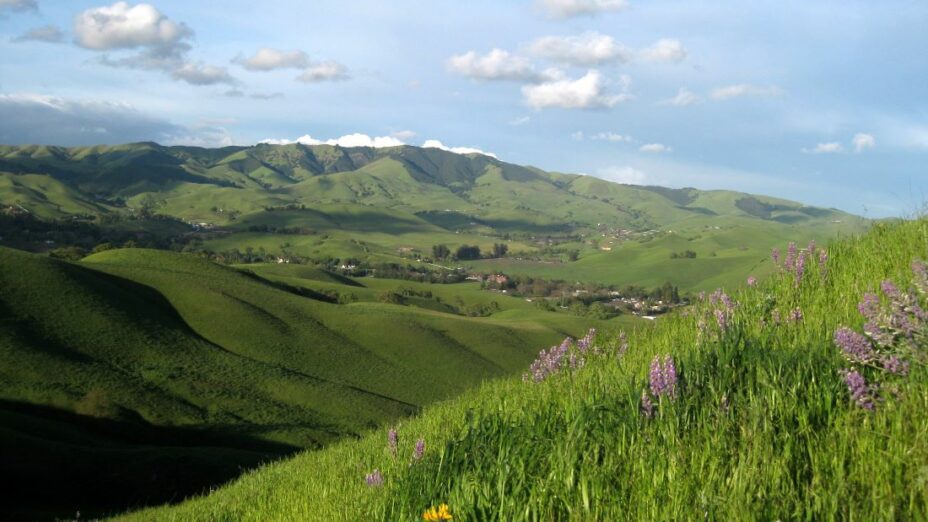
Almost despite itself, San Ramon is rich in open spaces, far beyond most cities its size.
Beginning in the 1970s, Save Mount Diablo began working the on the Black Hills to the north in Mount Diablo State Park. The East Bay Regional Park District began working on Las Trampas Regional Park to the west, and Morgan Territory to the east up on Highland Ridge.
In the 1990s, Doughtery Valley development was massive, but it also included thousands of acres of open space that were incorporated into the city.
New San Ramon General Plan Update Focuses on Infill within City Boundaries
Last month San Ramon city staff presented a draft update to the city’s General Plan. A General Plan is considered a city’s “constitution” for development. We at Save Mount Diablo were pleased that it includes a lot of great concepts.
For instance, there is an emphasis on focusing new growth inward by encouraging infill and redevelopment projects within San Ramon’s urban growth boundary (UGB).
A UGB is a line designated by a city or county, beyond which urban-type uses like large-scale housing projects are not allowed.
Protecting Open Space, Reducing Car Dependency, Expanding Parks
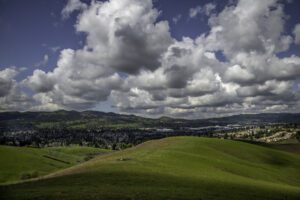
Photo by Stephen Joseph
The General Plan update also highlights the importance of protecting San Ramon’s open space, ridgelines, and creeks.
It promotes expanding and connecting bike networks and other non-auto transportation routes to reduce car dependency and associated carbon pollution that contributes to climate change. It emphasizes maintaining the UGB as a valuable planning tool.
The update describes how to achieve these objectives through a number of already existing or planned tools, such as ordinances, the city’s Climate Action Plan, increased funding, and public engagement. The city even requires developers to pay a fee per unit into a land fund for open space preservation.
There are even calls to add specific pieces of land to San Ramon’s park system!
Keeping the Tassajara Valley As Open Space
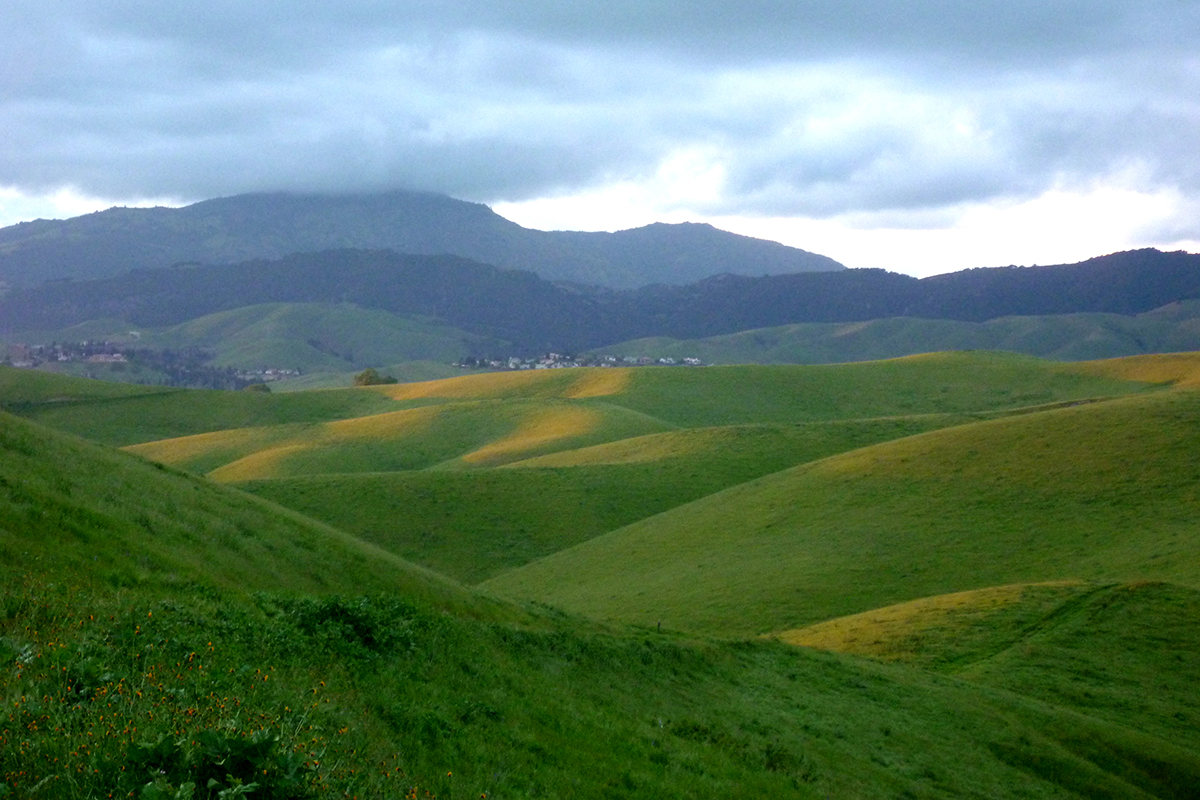
The Tassajara Valley. Photo by George Phillips
Of special interest to Save Mount Diablo: the update does not include any language about expanding east into the Tassajara Valley. This approach wasn’t always the case in San Ramon.
Over the past three decades, there have been several attempts to use city or Contra Costa County planning processes to expand massive development into the rural Tassajara Valley.
Save Mount Diablo and other organizations fought off the “Tassajara Valley Owners Property Association” proposal in the late 1990s, which would have covered nearly 5,000 acres of the Tassajara Valley area with thousands of houses.
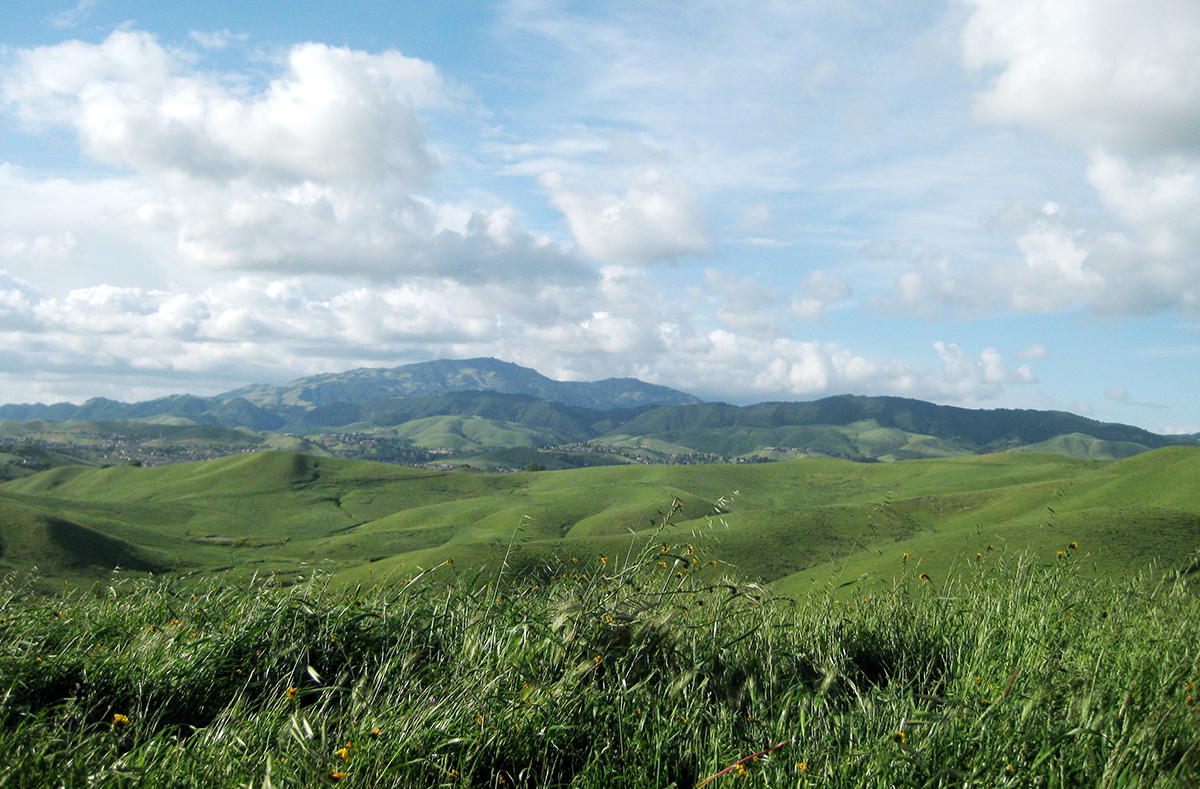
Tassajara Valley. Photo by George Phillips
We got Contra Costa County’s Urban Limit Line (the same mechanism as a UGB) tightened in 2000 to exclude the Tassajara Valley and so reduced the danger of development.
In 2004, we helped make it a rule to require cities in Contra Costa to adopt voter-approved UGBs if they wanted to have access to certain transportation funds, and that most changes would require voter approval.
We also defeated a proposal called New Farm that would have placed almost 200 houses over almost 800 acres of the Tassajara Valley.
With respect to San Ramon, in 2008 the city tried to expand its Sphere of Influence over almost 5,000 acres of Tassajara Valley without proper environmental review.
Expanding a Sphere of Influence is a first step in bringing an area into the city and thereby making it easier to develop. We and many others objected.
In the city’s 2010 Measure W, they proposed expanding San Ramon’s urban growth boundary to include the western half of the Tassajara Valley. Save Mount Diablo led the fight, and we and our allies defeated Measure W.
New council members were elected, and the city began shifting away from expansion and toward open space preservation.
New Councilmember Phil O’Loane helped lead the charge for bookending the city east and west with regional parks, creating the land fund development fee, stopping some bad projects, and so on.
One of the most pro-development cities in the Bay Area became one of the most pro–open space.
A Lot Has Improved in the Past 15 Years
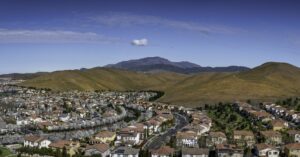
San Ramon seen from the Tassajara Ridge Trail. Photo by Stephen Joseph
San Ramon’s update explicitly focuses growth inward promotes the idea of a connected ring of protected open space around San Ramon.
And it recognizes the UGB as a line that urban development should not cross. This approach means that a lot has changed in the past 15 years.
We have been encouraging good policy, supporting forward-thinking city leadership, cultivating relationships, and always being on the lookout for threats and opportunities.
In doing so, over time residents, new leaders, and conservationists like Save Mount Diablo help transform the way a city, and an entire region, acts with respect to its wildlife, open space, funding priorities, and its whole underlying philosophy.
We’re happy to see this transformation illustrated in San Ramon’s update.
The city’s planning commission and city council will see a more final draft of the update in the future. We will continue to monitor its progress and stay engaged with residents and leadership to support good policies and projects.

